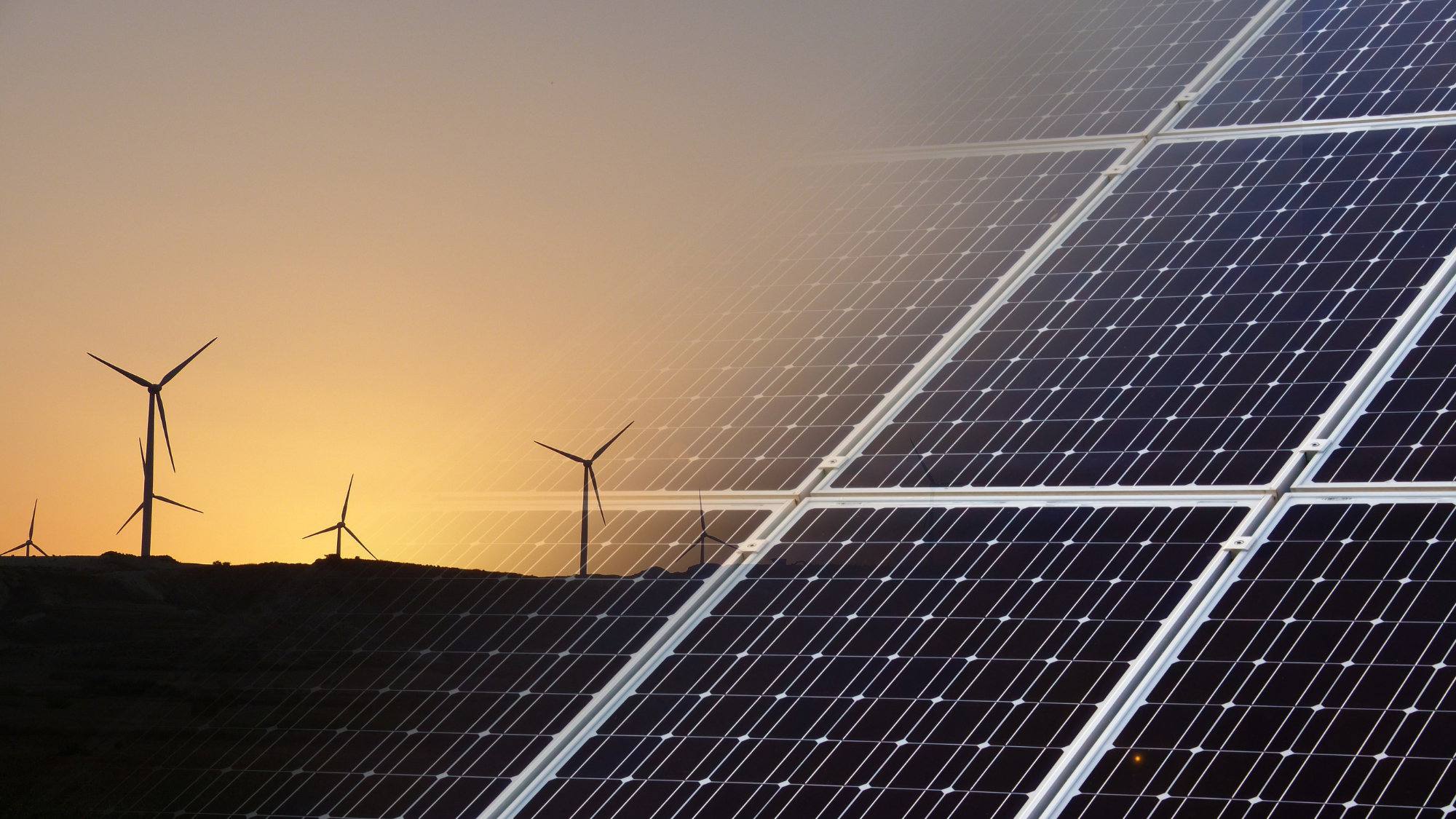Office Hours: Şafak Yücel On How Conventional and Renewable Energy Interact
As policymakers seek to promote investment in renewable energy to cut back greenhouse gas emissions, their aspirations oftentimes conflict with legacy policies such as subsidies for conventional sources including coal, natural gas, and nuclear power plants.
The conflict among this wide range of interests raises the question of trade-offs: Would more subsidies for conventional energy lead to a fall in wind or solar energy investments? If so, how does the operational flexibility of conventional energy sources affect these trade-offs?
In his recent article in the Manufacturing and Service Operations Management (M&SOM) journal, “Investments in Renewable and Conventional Energy: The Role of Operational Flexibility,” Şafak Yücel, assistant professor of Operations Management at Georgetown McDonough, explores the role of operational flexibility in determining how subsidies in conventional energy comes affects investments in renewable energy.
Please describe your findings. What motivated you to investigate this particular subject?
This paper is motivated by an age-old discussion among energy experts and policymakers: “How does providing a subsidy for one energy source affect investment in other sources?” For example, governments provide subsidies for conventional and renewable power plants at the local and federal levels, which obviously motivates more investment in these plants. What is more interesting is to identify whether increased investment in a given conventional power plant motivates more investments in renewable sources, such as solar and wind energy.
On the one hand, these power plants compete for the same electricity demand. So, increased investment in a conventional power plant (either due to a subsidy or low commodity prices) should mean less need for a renewable plant. On the other hand, more investment in a conventional power plant could help alleviate the intermittency problem of renewables—the fact that it is really difficult to precisely predict whether the sun is going to shine or the wind is going to blow at any moment. As a result, increased investment in a conventional power plant may facilitate more investment in renewable energy.
What is operational flexibility/inflexibility, and what impact does operational flexibility have on investment?
Operational flexibility is the ability to quickly ramp up or down energy generation from a power plant. For example, natural gas-fired power plants are typically flexible—depending on the supply and demand in the electricity market (which, by the way, needs to be in a tight balance at all times to keep the lights on), and operators of such power plants can quickly adjust their output. However, nuclear power plants are notoriously inflexible. Our findings show that operational flexibility is the key determinant in understanding how renewable and conventional energy interact with each other: if a conventional power plant is flexible, then it facilitates renewable energy investment. That is, higher investment in a flexible power plant leads to higher investment in wind or solar energy. If a conventional power plant is inflexible, then it hampers renewable energy investment. That is, higher investment in an inflexible plant leads to lower investment in wind or solar energy.
How can policymakers leverage these findings to help combat climate change now and in the future?
Decarbonization of electricity generation is of utmost importance to combat climate change. One effective way of doing so is to promote renewable energy investments. Our research shows that to promote renewable investments, policymakers should refrain from providing subsidies for inflexible sources, such as nuclear energy. Instead, they should focus on flexible sources, such as natural gas-fired power plants. This way, they can facilitate more renewable energy investment.
Are there any areas of your research that will need further investigation? If so, please explain.
This paper essentially identifies what should happen. In a related paper with my co-authors, we are now empirically investigating what actually did happen in the United States’ electricity grid over the past two decades. For example, the share of wind energy has increased from about less than 1% to more than 8%. We are trying to understand whether this increase has indeed been facilitated by increased investment in flexible sources, and our initial results seem to suggest this is the case. We are also investigating whether or not various state-and federal-level policies have affected this transition.
- Tagged
- Faculty
